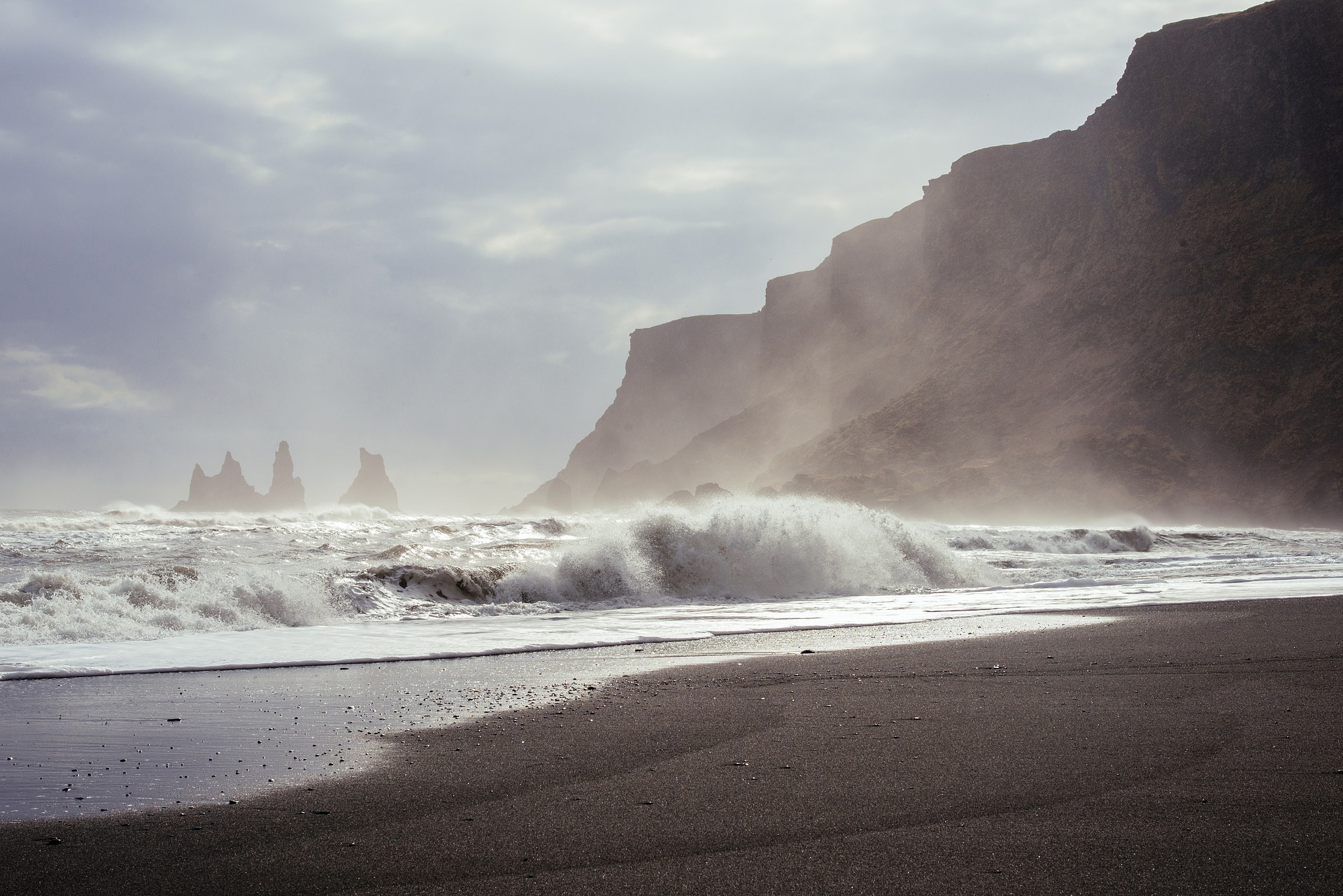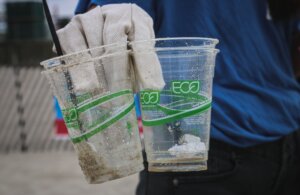Nurdles – colourful, ubiquitous and deadly for wildlife. (Credit: Amy Osborne, Author provided)
“Nurdles” may sound cute but they pose a huge risk to the marine environment, states Claire Gwinnett in her article on Theconverstation.com. Also known as “mermaid tears”, these small plastic pellets are a feedstock in the plastic industry. Instead of being converted into household items, many end up in the ocean, collecting toxins on their surfaces and being eaten by marine wildlife. Not so cute now, are they?
Nurdles are the building blocks for most plastic goods, from single-use water bottles to television sets. These small pellets – normally between 1mm and 5mm – are classed as a primary microplastic alongside the microbeads used in cosmetic products – they’re small on purpose, as opposed to other microplastics that break off from larger plastic waste in the ocean.
The small size of nurdles makes them easy to transport as the raw material which can be melted down and moulded into all kinds of plastic products by manufacturers. Unfortunately, mismanagement of these little pellets during transport and processing leads to billions being unintentionally released into rivers and oceans through effluent pipes, blown from land or via industrial spillage.
An ocean of mermaid tears
“Mermaid tears” is an appropriate nickname when we consider the potential harm that nurdles have on marine life. Their small size, round shape and array of colours make them attractive food – easily mistaken for fish eggs and small prey. This “food” has an extra problem – it comes with a side of noxious chemicals.










